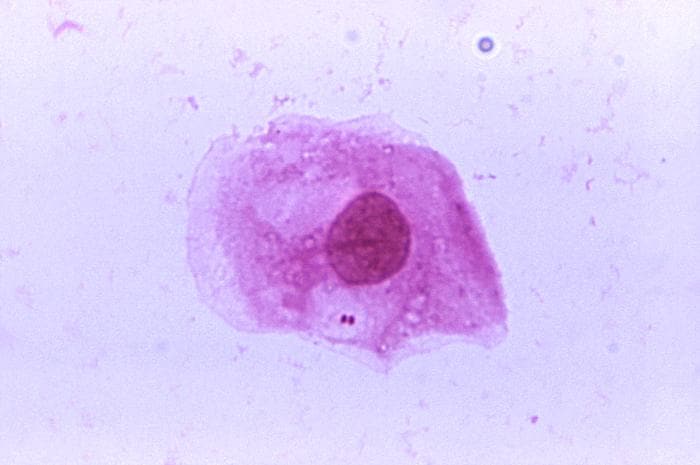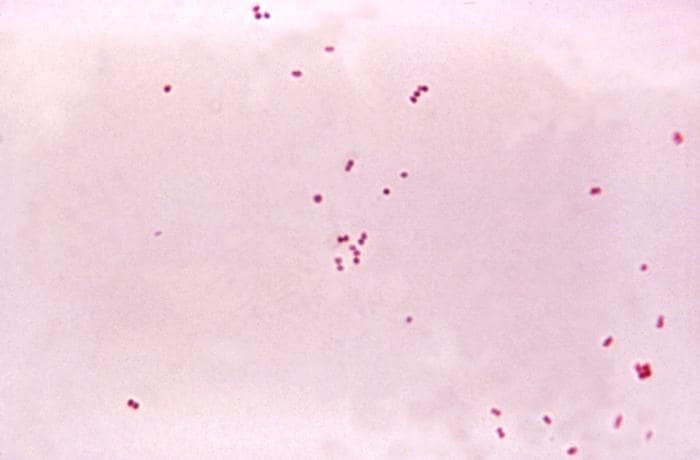Hey I’m Neisseria meningitis, you can also call me the meningococcus as I’m known for causing Meningococcal Meningitis. My family members are from the genus Neisseria. I need oxygen to survive and I am a chemoheterotrophic gram negative betaproteobacteria (Tortora, Funke, & Case 307). I usually like to stay in mucous membranes of humans and can be pathogenic which leads to an infectious, or meningococcal, disease. You can find me living quietly in the nose and throat areas most of the time but there are times when I do invade the body. I also like to travel into other humans when I have the chance by exchange of oral, respiratory, or throat secretions, such as kissing, sneezing, or coughing (CDC). Once I am in human, I may tour around and go to the brain and spinal cord. I can make the meninges which are the membranes covering the brain and spinal cord, become inflamed also known as meningitis (CDC). This causes the human host to have symptoms of fever, headache, stiff neck, nausea, vomiting, photophobia, signs of confusion, and sometimes may lead to death if not treat right away (CDC). My polysaccharide capsule is my virulence factor (Tortora, Funke, & Case 618). I also like to travel into the bloodstream if I have the chance causing an infection that’s either septicemia or bacteremia (CDC). I multiply once I enter into the bloodstream causing damage in the walls of blood vessels and bleeding into the skin and organs (CDC). Friends from my classification tree includes Thiobacillus, Spirillum, Sphaerotilus, Burkholderia, Bordetella, and Zoogloea (Tortora, Funke, & Case 606-607).
Here are two pretty pictures of me:
 (CDC)
(CDC)  (CDC)
(CDC)
References
Tortora, Gerarad J., Berdell R. Funke, & Christine L. Case. “Microbiology an Introduction.” 11th Edition. Glenview, IL, 2013. Print.
“Meningococcal Disease.” Centers of Disease Control and Prevention. 1 April 2014. Web. 23 November 2014. <http://www.cdc.gov/meningococcal/index.html >


